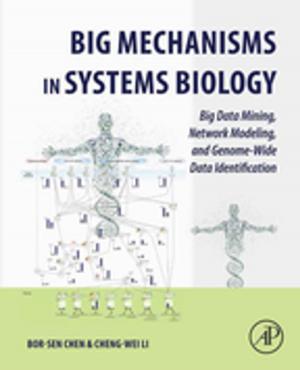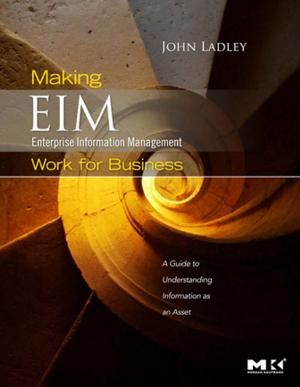A Unified Approach to the Finite Element Method and Error Analysis Procedures
Nonfiction, Science & Nature, Mathematics, Applied, Technology, Engineering, Mechanical| Author: | Julian A. T. Dow | ISBN: | 9780080543420 |
| Publisher: | Elsevier Science | Publication: | November 9, 1998 |
| Imprint: | Academic Press | Language: | English |
| Author: | Julian A. T. Dow |
| ISBN: | 9780080543420 |
| Publisher: | Elsevier Science |
| Publication: | November 9, 1998 |
| Imprint: | Academic Press |
| Language: | English |
A Unified Approach to the Finite Element Method and Error Analysis Procedures provides an in-depth background to better understanding of finite element results and techniques for improving accuracy of finite element methods. Thus, the reader is able to identify and eliminate errors contained in finite element models. Three different error analysis techniques are systematically developed from a common theoretical foundation: 1) modeling erros in individual elements; 2) discretization errors in the overall model; 3) point-wise errors in the final stress or strain results. Thoroughly class tested with undergraduate and graduate students.
A Unified Approach to the Finite Element Method and Error Analysis Procedures is sure to become an essential resource for students as well as practicing engineers and researchers.
- New, simpler element formulation techniques, model-independent results, and error measures
- New polynomial-based methods for identifying critical points
- New procedures for evaluating sheer/strain accuracy
- Accessible to undergraduates, insightful to researchers, and useful to practitioners
- Taylor series (polynomial) based
- Intuitive elemental and point-wise error measures
- Essential background information provided in 12 appendices
A Unified Approach to the Finite Element Method and Error Analysis Procedures provides an in-depth background to better understanding of finite element results and techniques for improving accuracy of finite element methods. Thus, the reader is able to identify and eliminate errors contained in finite element models. Three different error analysis techniques are systematically developed from a common theoretical foundation: 1) modeling erros in individual elements; 2) discretization errors in the overall model; 3) point-wise errors in the final stress or strain results. Thoroughly class tested with undergraduate and graduate students.
A Unified Approach to the Finite Element Method and Error Analysis Procedures is sure to become an essential resource for students as well as practicing engineers and researchers.
- New, simpler element formulation techniques, model-independent results, and error measures
- New polynomial-based methods for identifying critical points
- New procedures for evaluating sheer/strain accuracy
- Accessible to undergraduates, insightful to researchers, and useful to practitioners
- Taylor series (polynomial) based
- Intuitive elemental and point-wise error measures
- Essential background information provided in 12 appendices















